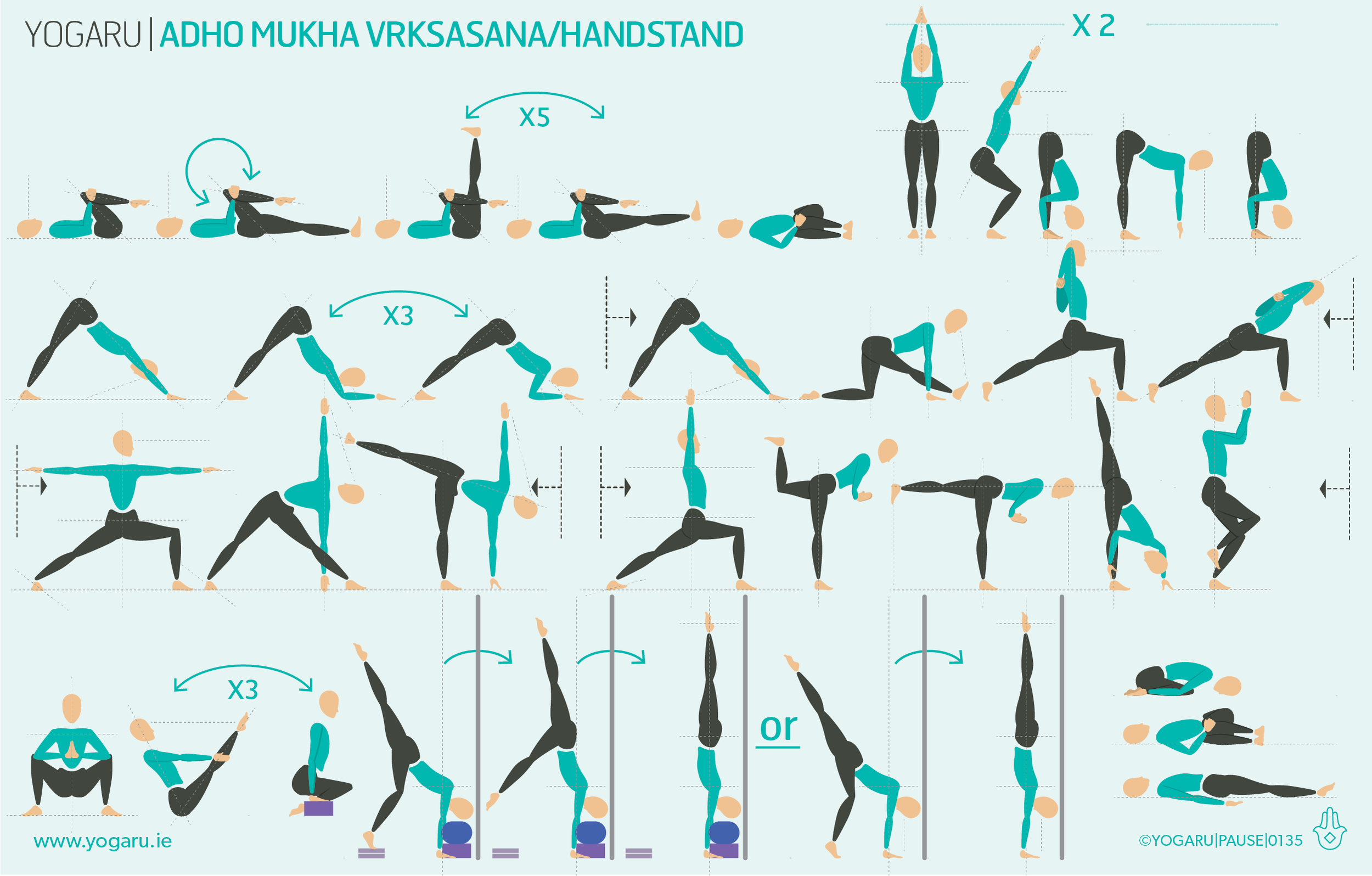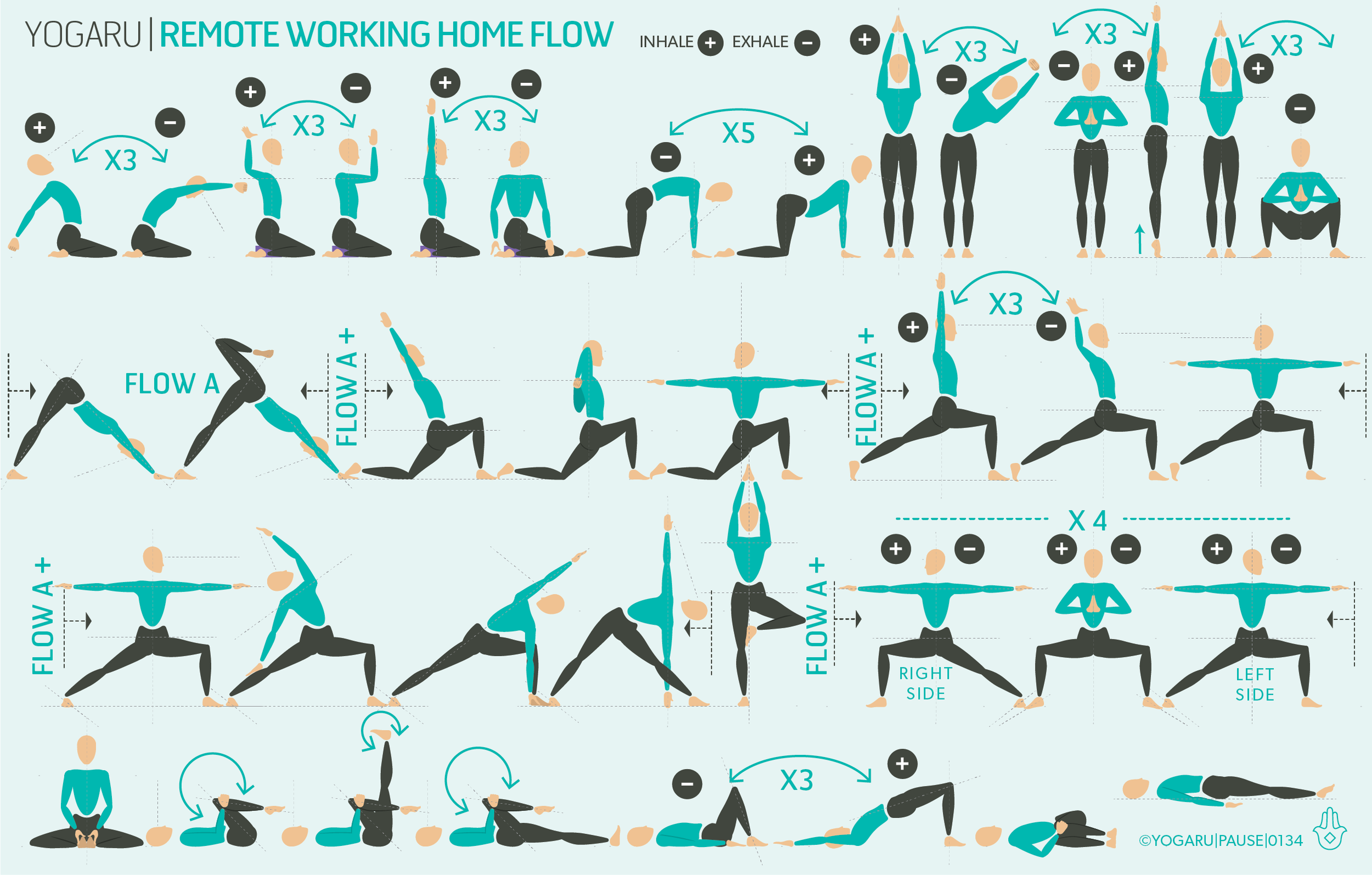This sequence is also available on YouTube.
THE NERVOUS SYSTEM
The nervous system is our body's method of reacting to ever changing situations inside and outside the body. It sends ‘sensory’ messages to the brain, which responds by sending ‘motor’ messages to the glands and muscles of the body to cause a chain of reactions to the situation.
When we are stressed the sympathetic nervous system, or the ‘fight or flight’ response, is firing. The nervous system sends signals to the brain and the brain decides the best action to take. In this stressed state it signals the body to increase heart rate and blood pressure, open our airways, inhibit digestion and reproductive organs, stimulate adrenaline production, open our sweat glands and tense the muscles ready for action. All with the purpose of dealing with the perceived stressful situation. When the stress has eases the body clears out the stress hormones and resets the organs and systems. But when we are constantly being triggered by stress the body gets stuck in this cycle and the systems get flooded by stress hormones it can’t flush out quick enough. In an ongoing state of chronic stress the organs of the body are not working optimally – reducing the functionality of the immune system, causing inflammation and eventually leading to health issues.
When the parasympathetic nervous system, or ‘rest and restore’ response, is triggered the nervous system sends signals to the body to reduce heart rate and blood pressure, relax our airways, stimulate digestion and reproductive organs, inhibit adrenaline production and relax the muscles. This creates optimal conditions for the functionality of the organs of the body, strengthens the immune system and relieves symptoms of stress, anxiety and tension.
These two reactions are autonomic nervous system responses which means they are involuntary and not something we can switch on and off. But we can create favourable conditions to influence which response we are in, depending on what we are looking for. They work hand in hand and when strong and malleable have the ability to shift smoothly from gear to gear throughout the day. To simplify it – our sympathetic nervous system gets us out of bed and helps us get our work done, and our parasympathetic nervous system help us rest and restore at the end of the day and gets us ready for a good night sleep. The body strives for balance and will always look to come back to homeostasis. Yoga is one of the best methods for helping your body find this delicate balance between the two nervous systems.
WHY IS YOGA CALMING?
What is it about yoga that makes it so calming? A question I frequently asked and was never completely satisfied with the answer ‘because it balances the nervous system’.
There are many nerves responsible for the parasympathetic response, most of them come from the cranial nerves with just three coming from spinal nerves. The main cranial nerve associated with 75% of the parasympathetic nerve fibres, and for regulating the parasympathetic response, is the vagus nerve. It travels to and from the brainstem straight to the throat, heart, diaphragm, stomach, kidneys, liver, pancreas, gallbladder, sphincter and reproductive organs. It initiates the parasympathetic responses to slow heart rate and reduce blood pressure, relax our airways, stimulate digestion and reproductive organs, inhibit adrenaline production, stimulate endorphin productions and relax the muscles.
BREATH, MOVEMENT AND CONSCIOUSNESS
There are three pathways to tapping into the vagus nerves – the way we breathe, how we move and how present on our mat we are during our practice. The vagus nerve runs through the centre of the diaphragm. When we breathe, in particular an extended exhale, the diaphragm stimulates the vagus nerve and causes a chemical reaction which activates the nerve fibres and sends messages to the brain. The brain processes this information from the vagus nerve and initiates the parasympathetic response in all the parts of the body which this ‘wandering nerve’ travels to. The breath is one of the fastest ways to stimulate the vagus nerve which is why it is so important in yoga.
Receptors called mechanoreceptors are found in the hips, knee, shoulders and spinal joints. We activate them by gently moving and stretching the connective tissue of these joints. They respond by sending signals to the brian to inhibit the sympathetic response. When the sympathetic nervous system is inhibited the parasympathetic nervous system kicks in.
Being present on our mat as we move also has a big impact in the effectiveness of our practice in terms of calming and soothing. When we consciously take the time to switch off and include some self care into your day it helps start a positive mindset. Sometimes stress can be managed by just consciously breaking the loop. This combined with the breath and movement allows the vagus nerve to communicate with the amygdala (emotional response) and reduces its inclination towards the sympathetic ‘fight or flight’ response and rewires it towards a parasympathetic response. Think of the vagus nerve as the steady minded peacekeeper at decision times.
EXPLORING FINDING CALM IN YOUR PRACTICE
This sequence starts with some gentle repetitive flows to link movement with breath, ease out any held tension and initiate the calming process. This will gently help the mind and body to accept the idea of clearing out stress, anxiety or tension and transform to a calmer state of being.
Start your practice with a few rounds of viloma breath to help you link with your breath and naturally lengthen the exhale. You can do this lying on your back or in a comfortable cross legged seated position. Viloma breath breaks the exhale into three. When you are ready take one full breath for nothing, then inhale completely, exhale, pause, exhale, pause, and exhale the full breath.
After your standing flows you will come down for some seated poses to bring you down to a grounded practice and continue to cultivate a calming practice.
ALIGNMENT CUES
The mini flow will help you connect breath with movement. You will see a ‘+’ for the inhale and a ‘-’ for the exhale to help you establish a nice smooth breath. If you are finding it hard to shift to a lower gear continue to repeat the mini flow until you notice you are starting to flow with ease and a sense of submission to the practice.
The peak pose of this sequence is Upavistha Konasana/Wide Leg Seated Forward Fold which is a calming seated forward fold.
Have a read of the tips below and either print out the sequence or save it onto your device:
From Dandasana, open your legs out wide, press out through the heels, thighs pressing into the ground, toes pointing up.
Place your hands either side of your hips, stack your pelvis.
Inhale, lengthen up through your spine, exhale, fold forward from the hip joint, stretch your arms out between your legs and lengthen through the front, sides and back body, draw your navel towards your spine. Sit bones reach back.
Lead with your sternum, inhale, lengthen the spine, exhale, release further forward, walk your hands forward a little as you fold forward, or hold onto your big toes, gaze down.
To save the images for personal use click and hold down the image until the ‘save image’ option appears; on Mac hold down ‘control’ and click the image to get the option box; on PC right click on the image to get the option box. Scroll down in the ‘option box’ and click ‘save image’.
Ruth Delahunty Yogaru






